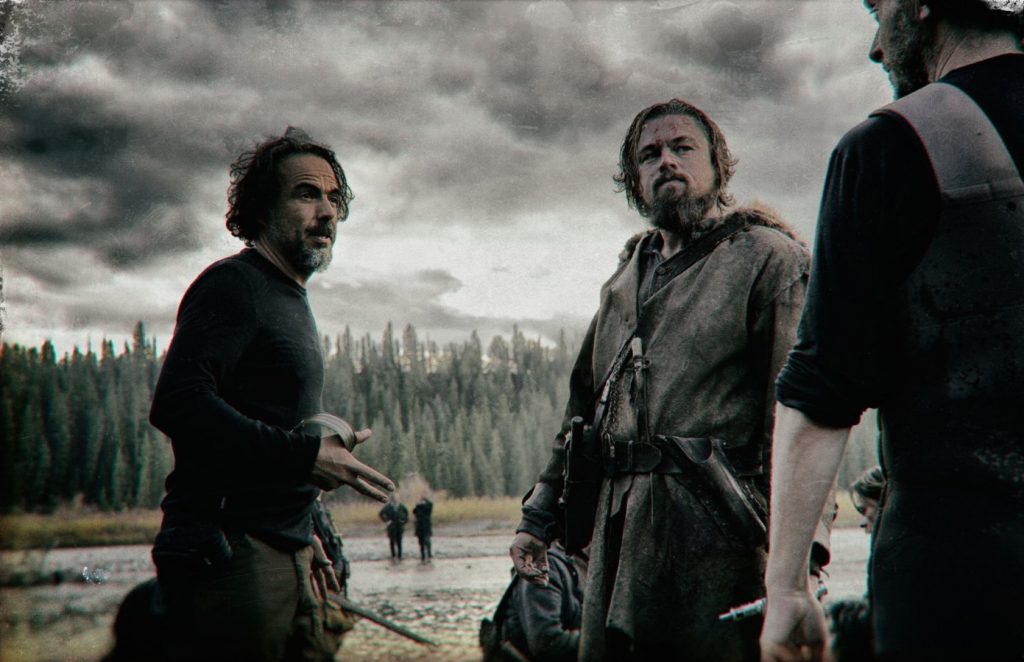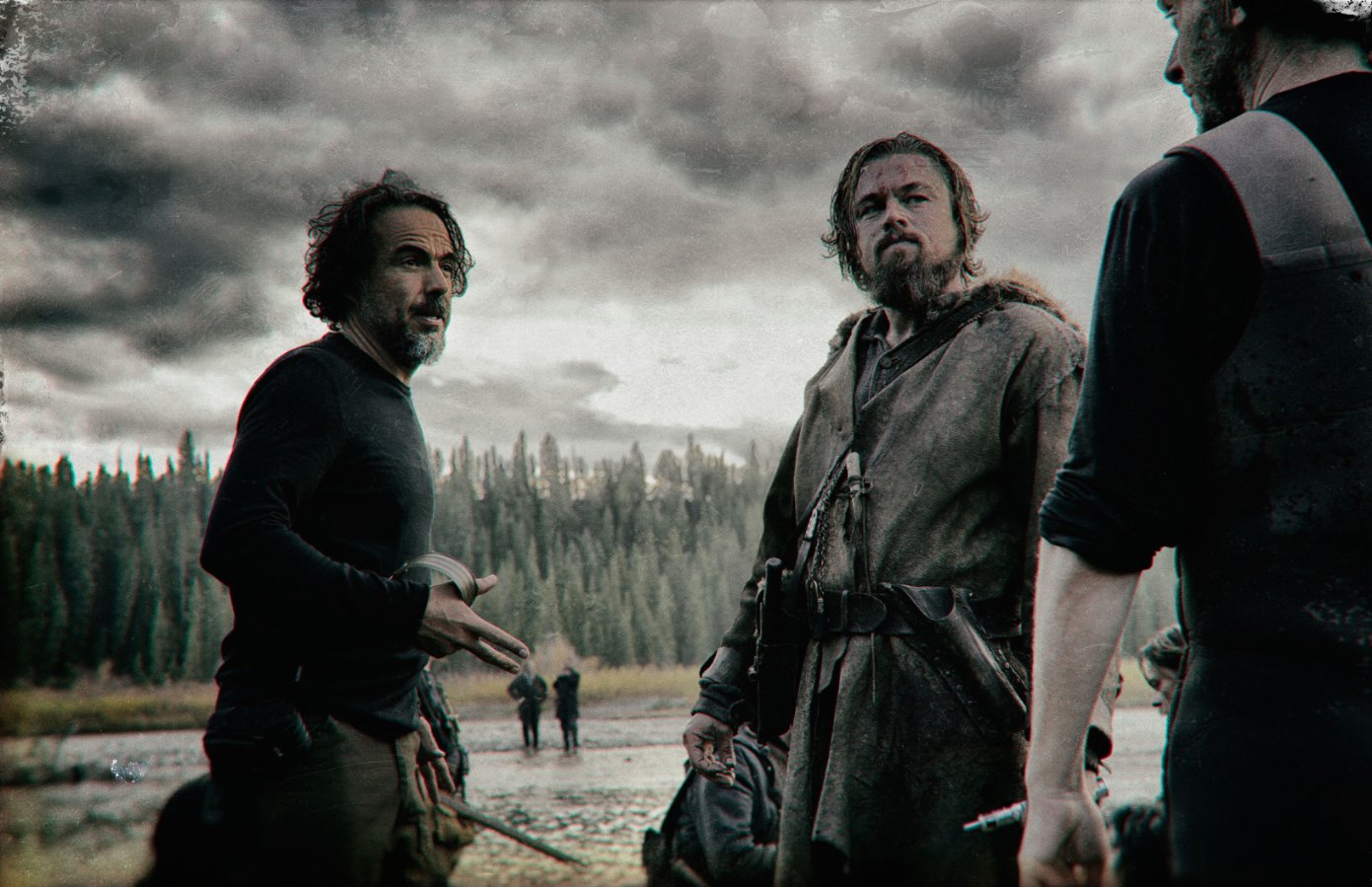No one likes a show-off. There are undoubtedly some moments throughout Alejandro González Iñárritu’s The Revenant that feel as if the director is simply showing off what he can do with a camera. Despite this, The Revenant is a spectacle to behold. Iñárritu made the film with such ferocity that it is impossible not to marvel at what he and his star Leonardo DiCaprio have achieved. Iñárritu manages to overcome one-dimensional characters and forgettable dialogue to create a cinematic experience unlike any in recent memory.

IMDb
The plot of the movie is straightforward enough: Hugh Glass (Leonardo DiCaprio) is left for dead in the American wilderness, and his son is murdered by John Fitzgerald (Tom Hardy). Glass survives against all odds and then sets out to find Fitzgerald in order to exact revenge. Where Iñárritu’s previous offering, last year’s Best Picture winner Birdman, was twisty and ambiguous, The Revenant’s story unfolds predictably. But it is how the film plays out that makes it so triumphant.
Much has been made of the film’s arduous production process, as Iñárritu made the controversial decision to shoot the movie solely in natural light, making no use of artificial lighting. The result is spectacular. Every shot Iñárritu constructs is a visual feast: the sunlight illuminates the characters in an unbelievably realistic manner that places the viewer in the action. Iñárritu also makes brilliant use of the long takes that made Birdman remarkable. A particular highlight is an early scene involving a raid. The camera moves steadily through the carnage that plays out, never once cutting or shaking to amplify the action. Iñárritu is an absolute master of the tracking shot, and this film puts his talents on full display.
The film’s most harrowing scene is undoubtedly the bear attack, which was heavily promoted in the film’s trailers. An unsuspecting Glass is attacked by a bear while separated from the rest of the group. Once again, Iñárritu captures the entirety of the action in one long take, making it impossible to look away. The bear is rendered with CGI, but DiCaprio reacts in a frighteningly accurate manner to its attacks. Iñárritu refuses to let the viewer relax, as every seeming moment of calm instead ratchets up the intensity until the attack’s conclusion. This scene alone is worth the price of admission.
It is DiCaprio’s performance that gives the film a core. He puts himself through hell to fully embody Glass’ ordeal, and although the performance feels like Oscar bait at times, it is simply too devoted to be denied recognition. There are long stretches without any dialogue, and Iñárritu chooses to let the sheer physicality of DiCaprio’s acting carry the movie. Iñárritu’s penchant for extended tracking shots put DiCaprio to the test, and he responds brilliantly. Such a tour-de-force performance cannot be matched in the film, but Tom Hardy’s villainous performance as Fitzgerald comes close. Although Hardy’s mumbling makes the character difficult to understand at times, his trademark intensity helps give Fitzgerald enough character to be a compelling villain. Hardy is also up for a well-deserved Oscar nomination.
Without DiCaprio and Hardy, the film would risk becoming trite. The script is not anything special, and is filled with some downright clichéd lines. The characters are also extremely one-dimensional, and it is only the leads’ performances that make them compelling in any way. Outside of Hardy and DiCaprio, all of the other characters are quickly forgettable, save for Domnhall Gleeson’s solid showing as the leader of the hunting party. With dialogue that consistently stumbles or fails to make an impact on the viewer, the best stretches of the film are undoubtedly the long, silent sequences where Iñárritu lets the visuals tell the story.
Fortunately, the weak characters and poor dialogue do not undermine a spectacular cinematic experience. The Revenant should earn DiCaprio his first Oscar, and it will be an award that was hard-won. The film is certainly one of the most unique offerings in recent memory, and it will immerse the viewer with its realistic lighting, gorgeous cinematography, and brutal editing. If this is Iñárritu at his best, then he should make it a point to show off more often.





